You’ve created a flawless, gorgeous website that’s the envy of your entire industry. Additionally, you’ve crafted a winning content strategy spanning several mediums. You create this content carefully with your target audience in mind.
You’ve also segmented that audience to allow for various marketing campaigns targeting different pain points and preferences.
Sounds like you’re set up for success, right?
Not so much.
You’re still missing a crucial piece of the content marketing puzzle. After all, how can even the best content benefit a business when no one can find it? That’s why you need SEO, or Search Engine Optimization.
You’ve undoubtedly heard this acronym tossed around. Many see it as a marketing industry “hot button” word.
But SEO goes beyond that. It’s a valuable process that takes time and expertise. And if you can succeed and gain search engine supremacy, you’ll be able to capitalize on winning content.
SEO isn’t easy, especially for startups. It doesn’t come naturally or quickly.
In fact, SEO takes a lot of time, effort, and knowledge of the Google search algorithm. But if you’re willing to learn and put in the time, you can create high visibility and growth for your business.
In this article, you’ll learn the basics of SEO. That includes what it is and how you can take the steps necessary to create and implement a winning SEO strategy.
What is SEO?
Search Engine Optimization (SEO) improves your website’s ranking on popular search engines like Google. You do this through content tweaks and link-building efforts on and off your page. Many businesses even collaborate with a White Label SEO Agency to streamline these processes and scale results efficiently.
Optimizing content for SEO means you’ve researched and rolled out vital keywords within the body and headers of your content. It also means that you’ve inserted those keywords into the backend of your page. That includes places like your meta title, description, alt tags, and image titles.
Then, SEO involves building a series of links within your website's infrastructure and beyond.
The key to successful SEO?
Consistency.
To ethically enhance Google rankings through SEO optimization, it's crucial to create blog posts that consistently implement high-value, low-competition keywords. Additionally, you can leverage Google scraping techniques for obtaining valuable data and insights on competitor keywords to inform your content strategy effectively.
Let’s use Campus.edu as an example:

Campus.edu focuses on its Online Associate Degree in Business Administration course by creating a specific URL and employing strategic tactics. The site uses its blog to generate fresh content incorporating SEO-optimized keywords and internal backlinking.
By consistently producing valuable blog content about its associate degree in business administration, the site caters to its target audience's needs and preferences. It’s also adhering to Google's preference for relevant and up-to-date materials.
Careful keyword implementation makes sure blog posts (like the ones shown above and below) rank higher in the search results. When woven in naturally and strategically, relevant keywords drive organic traffic and attract visitors.
Additionally, strategically incorporating internal links within the blog post can help direct traffic to the URL, which boosts visibility.

This multi-faceted approach helps Campus.edu attract traffic, increase rankings, and engage prospective students while improving its Google rankings. Win-win!
By now, you have a strong idea of what SEO is and an understanding of its basic skeleton. If you're seeking expert guidance, consider hiring the best SEO agencies to navigate this journey with you. Let’s use that knowledge to dig into the details and walk through the SEO process — step-by-step.
In search engine optimization, selecting the right keywords is a critical factor in achieving online visibility and driving product sales.
Effective keyword choices enhance the likelihood of improving your rank on SERPs. They also play a vital role in successful product promotion.
There are several ways to research keywords, but a simple way to start is to brainstorm relevant topics related to your niche. From those topics, you can create keywords or plug your topics into an SEO tool like Ahrefs or SEMRush and let them provide keywords to choose from.
If using a tool, you can optimize your choices by going after low-hanging fruit. To do this, look for keywords with a high search volume (SV) and a low keyword difficulty (KD). This means there’s little competition for this keyword, but many people search for it.
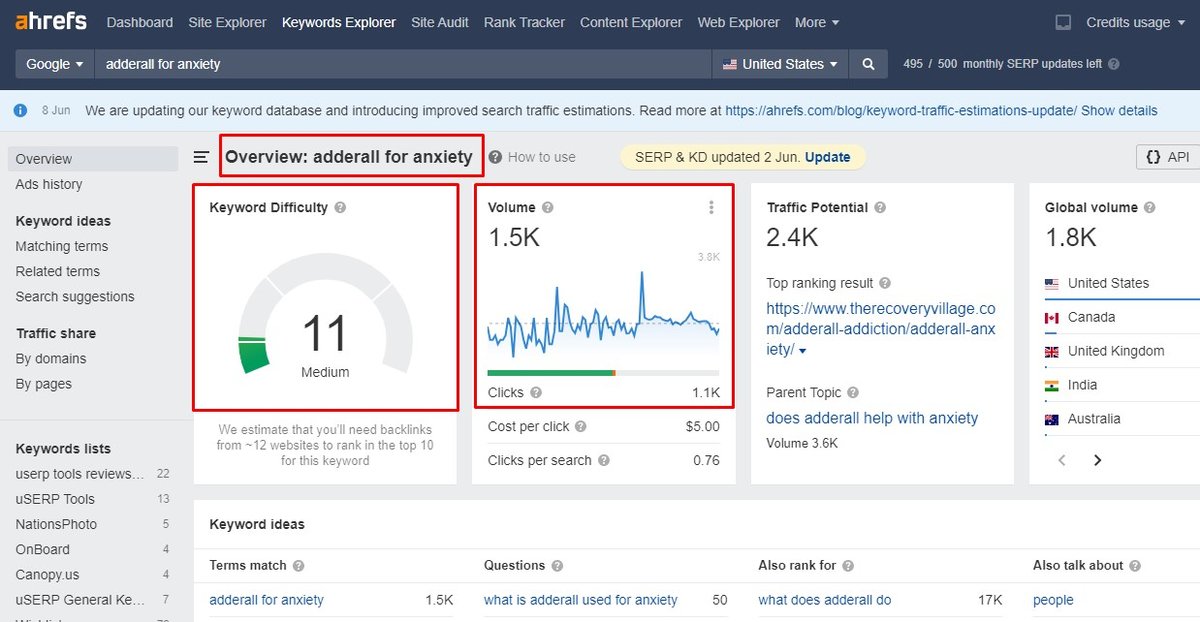
The next step is to confirm the intent of the keyword. To do this, do a Google search for the keyword and look at the organic results (not the sponsored results). Are they round ups of “Top 10 Best?” or are they product pages?
Intent matters because if you’re planning on writing a blog post about a topic but the top search results are all product pages, chances are that you won’t win the SEO wars for that keyword because the people searching for that keyword are looking for a product to purchase, not a blog post about it.
There are three types of intent - commercial (people intending to buy), navigational (people intending to find a specific website or place), and informational (people intending to find more information).
If you work as a content writer, you want keywords associated with informational intent. If you’re writing product descriptions, you want keywords associated with commercial intent. Always check the intent of the keywords you choose.
Let’s look at the following example.
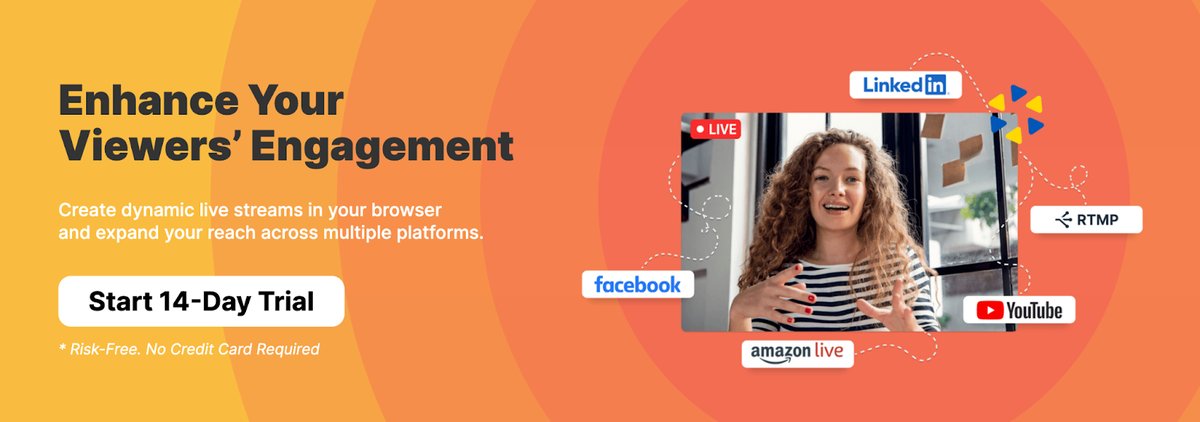
Be.Live is one of the industry-leading tools for engaging live streaming. Their website receives tons of traffic through their brand name, which serves as both a navigational keyword, helping current customers find their product, and commercial searches where people intend to subscribe to one of Be.Live's packages.
While these branded keywords are valuable, they alone may not be sufficient to acquire a new audience. This is where informational keywords come into play. If we remove all the branded keywords in Ahrefs, we can identify the keywords Be.Live focuses on to attract new traffic to its website.
By conducting comprehensive keyword research and understanding the search intent behind various terms and phrases, Be.Live optimizes its content by aligning blog posts and product pages with target phrases or main keywords and corresponding semantic keywords.
Following this formula has proven to be successful for Be.Live, as well as countless other brands, in achieving greater visibility and attracting relevant, organic traffic.
Let's get this straight: When it comes to SEO, your keywords need to align with what your business is all about.
For instance, if you work for a larger global organization such as a self-service ticketing platform, you can target keywords with international traffic. In other words, you should focus on the keywords that people from all corners of the globe are typing into their search bars.
But what if your business is a bit more homegrown? What if you're a brokerage trying to generate realtor leads for real estate agents in a certain market? Then, you're going to need to think a bit more local with your keywords.
Try weaving phrases like "real estate agent in [location]" or "homes for sale in [location]" into the content on your website. These phrases are what your ideal customers are typing into Google, and you want to make sure your website pops up when they hit search.
In doing so, your website can climb higher up in Google's search results and maybe even appear in Google's Map Pack (that box of local business listings you see when you do a Google search).
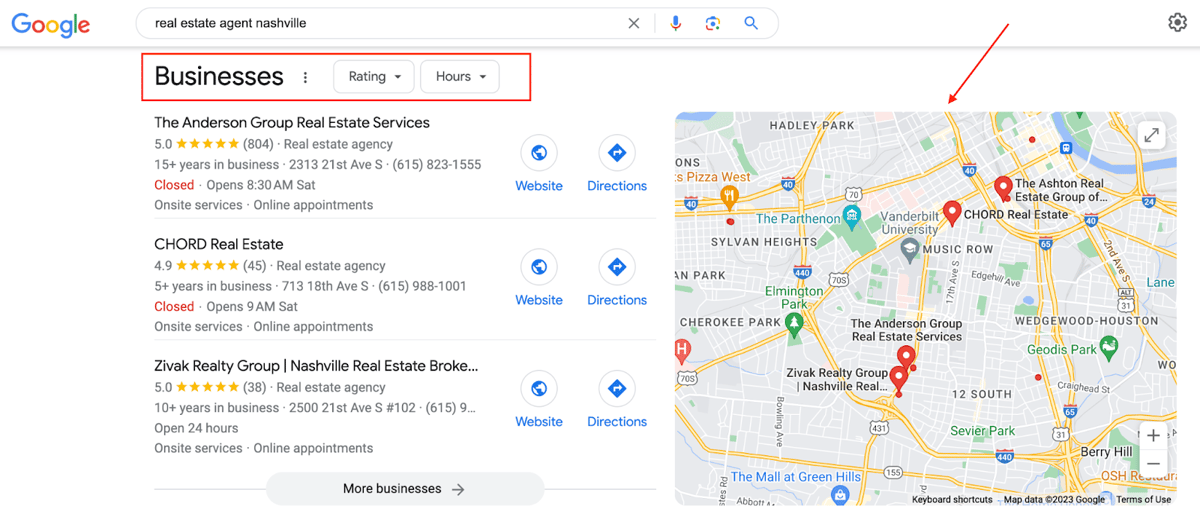
And when your business appears here, you’re able to score as much as 44% of the total clicks on the search engine results page. Not too shabby.
Now, let's look at something that goes broader.
Specialized niches, like PC games, for example, use a completely different strategy. These games roll out worldwide, so the intent is to reach a larger target audience. That’s why they can get away with weaving in popular game keywords, such as “Fortnite Spiderman.”
Creating rich, interesting material on this topic caters to the enormous audience interested in one of the most played games of all time — Fortnite. But it also supports search engines in recognizing the site as a significant source of information and authority for this niche.
If you’re in an industry like this, incorporating trending keywords strategically within your blog content, on-page content, and product pages can dramatically boost your page’s Google rating. Over time, this showcases your site as an authoritative resource in your niche.
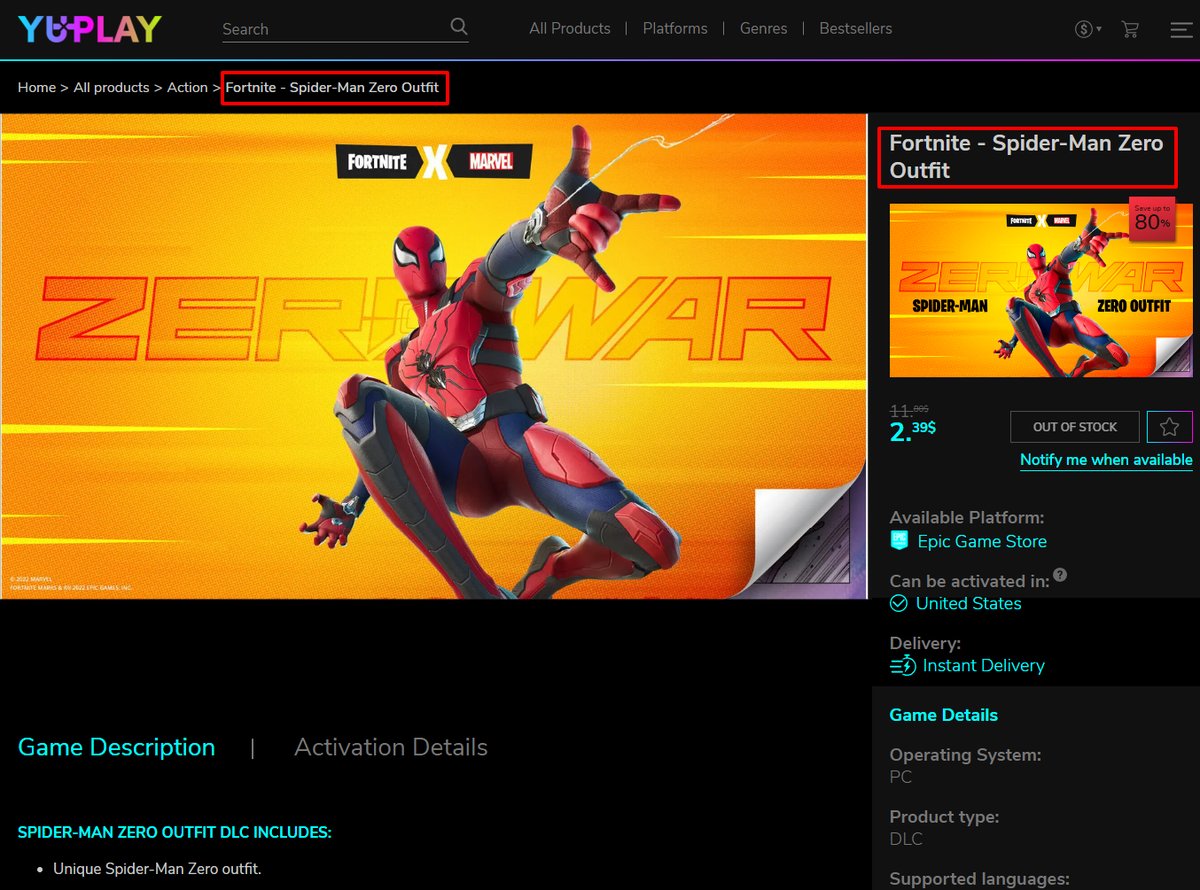
Once you know what keywords you’ll target, it’s time to start planning content. Make sure to create an official content plan and schedule to guarantee everything gets done on time.
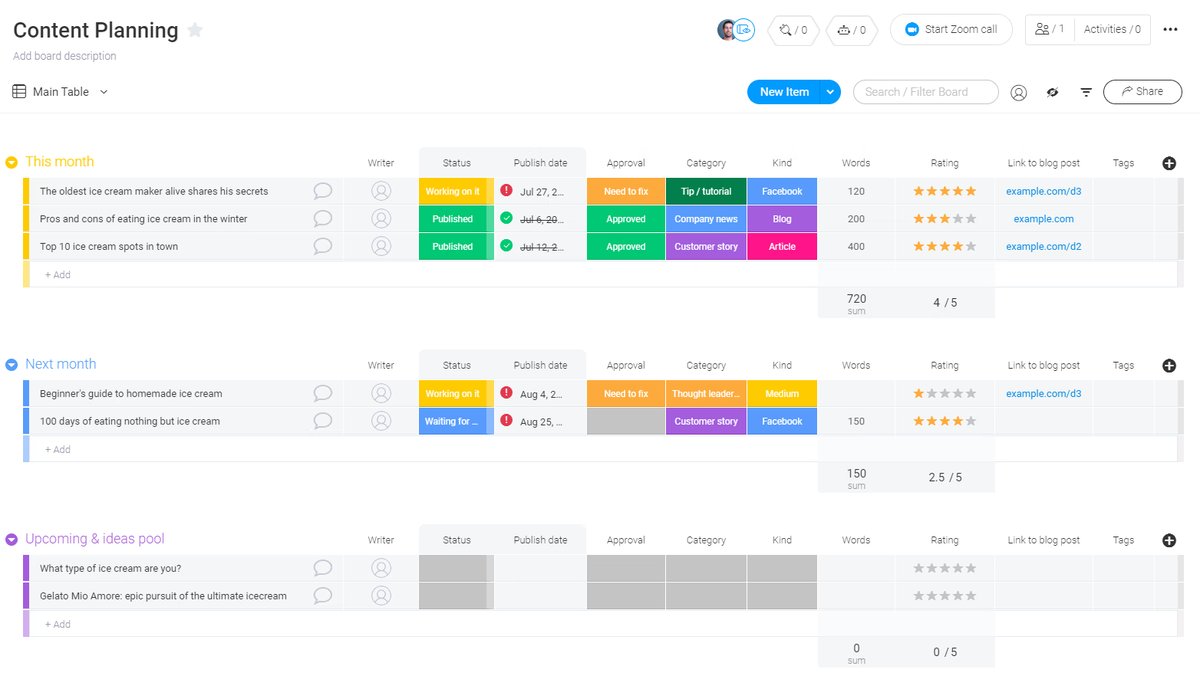
Remember, design articles that center around your most valuable target keywords, and place them in the pieces’ titles. You’ll also want a good idea of your major competitors for these terms. You can accomplish this with nothing more than a simple Google search or by using a tool like, Tartufo, Frase or MarketMuse.
To use Google, search for your chosen keyword and explore the first page of results. Look at each organic result (you can skip the sponsored results). Study the content listed there, including what your competitors are doing right and wrong — and what they’re missing.
This tactic will help you determine the holes in their content strategies. Once you know that, go on the offensive. Start designing value-based content for your target audience loaded with keyword optimization, but never keyword stuff.
Keyword stuffing is an overuse of keywords that doesn’t sound natural. Doing this will actually hurt your Google rankings and is also off-putting to readers, so avoid it at all costs. Always make sure your content sounds natural and conversational - good advice is to write like you talk.
Pro-tip: Look beyond the organic keyword results when planning your content. For instance, check out the featured snippets and the “People Also Ask” sections for more granular phrases and FAQs — both are great resources for finding low-hanging SEO optimization fruit.
With your content planned out and organized, it’s time to start producing. Remember, you need high-quality content to succeed. Hire a content writer to get the best and top-quality content. Poorly written content riddled with errors will only increase your bounce rate.
And that matters because …
Google takes a site’s bounce rate into account when making its recommendations.
If you’re getting a lot of visitors leaving in under a minute, Google will assume you aren’t an authority, and your page doesn’t provide value.
So while getting them to the page is one matter, keeping them there with a stellar user experience (UX) is another.
Here are some measures you can take to promote a better UX:
Generate high-quality striking images for your posts and to accompany your web copy. If you have someone on staff who knows graphic design techniques, have them create custom illustrations and graphics.
You should also include valuable screenshots, infographics, collages, or other value-adding images that can help readers better digest the information in front of them.
Pro tip: Page speed matters and is another factor Google considers when ranking your site. Using vector images is a great way to add interest and value to your site without slowing your page speed. Vector graphics can be resized without losing resolution and quality, so they’re perfect for digital marketing content.
Write long-form content between 1,500 to 2,000 words. This gives you plenty of opportunities to implement your keywords naturally as well as provide tons of value.
After you’ve written your pieces, run your content through grammar and plagiarism-checking software like Grammarly. Next, use HemingwayApp and aim to keep your content’s readability somewhere between a grade six through eight level.
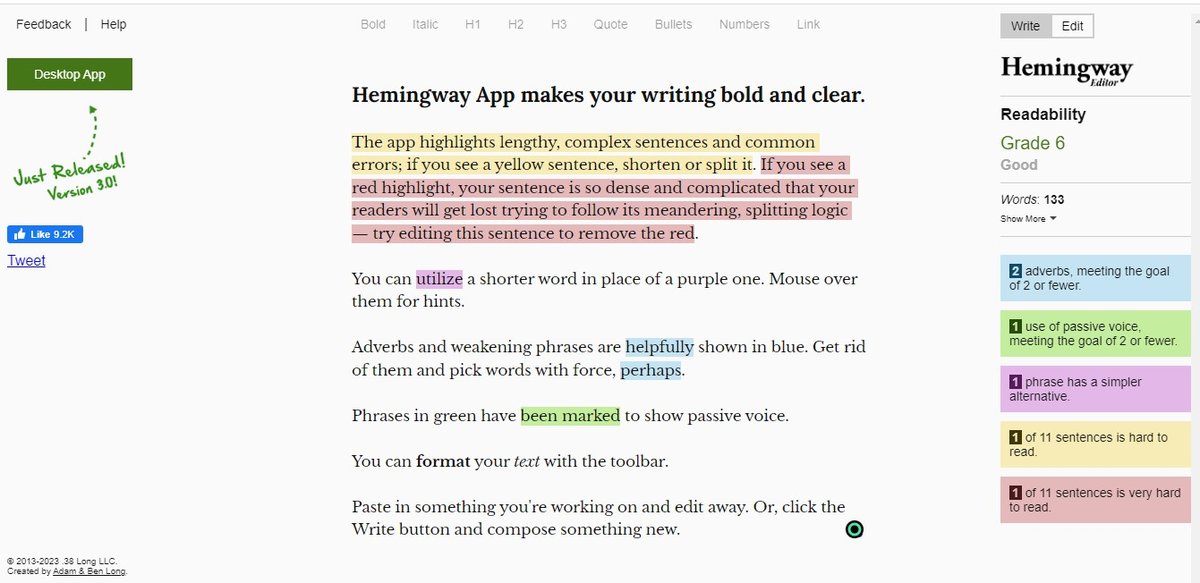
Then, most importantly, run your content through an SEO optimization tool like MarketMuse, Clearscope, or Frase. These platforms can analyze the search engine results pages (SERPs) for you and assign a grade to your content. This will show how you measure up against your competitors and what you’ll need to do to succeed on the SERPs.
From there, make the recommended adjustments until you’ve met or beaten your competitors’ content scores.
Backend optimization is an important step you can’t overlook.
But how does it work?
You need to go behind the scenes on your page and inject keywords into the descriptive elements of your content. This tactic is one of the first things Google’s search bots see. In other words, it’s your best chance at a solid first impression.
You can start by optimizing the meta title and meta description of your content. These are the titles and descriptions that searchers see when your content pops up on the SERP.
Then, apply keywords to the titles of all your images. Once done, fill out the alt text for each image, including optimized text. The alt text is descriptive text that pops up when images fail to load. It’s also what an audio assistance program would read out to someone who’s visually impaired.
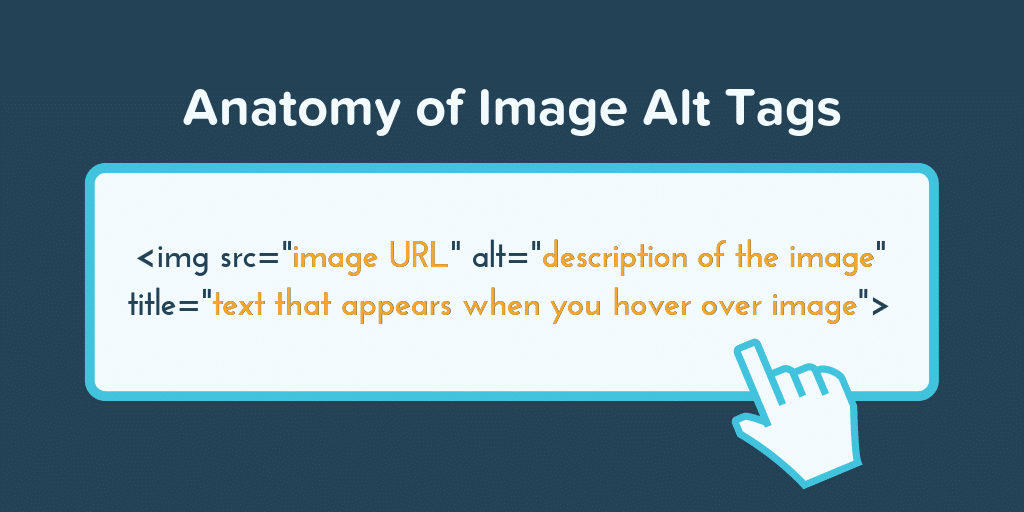
But alt text serves another purpose.
Google’s search bots can’t just look at a picture of a sailboat and know that it’s a sailboat. At least not yet. The bots read your alt text to know which images you’ve included.
Finally, optimize every page's URL for search. Consider putting your primary keyword somewhere in the URL. If you leave URLs as a random assortment of numbers and letters, you’re leaving money on the table.
Linking is hugely important to the SEO process. There are also ways to generate your own backlinks. For brands looking to accelerate results, many choose to buy backlinks from vetted, high-quality sources to strengthen authority and improve rankings more efficiently. That includes both links from within your site and from elsewhere.
We’ll focus on internal links first.
Within the body of your content, you should be linking to other content throughout your site. Doing this creates a web of related content that Google’s bots can use when indexing your site. The easier you make the indexing process, the more efficient Google will be in grading you.
Now for the tough part. You also need to generate links on outside sites with high domain authority that link back to your site.
Why is this?
Google wants to know that you’re an authority in your niche. But one of the largest companies in the world won’t just take your word for it. It wants to see other sites it already considers authorities in their own right acknowledging you with links.
It’s the website equivalent of a letter of recommendation.
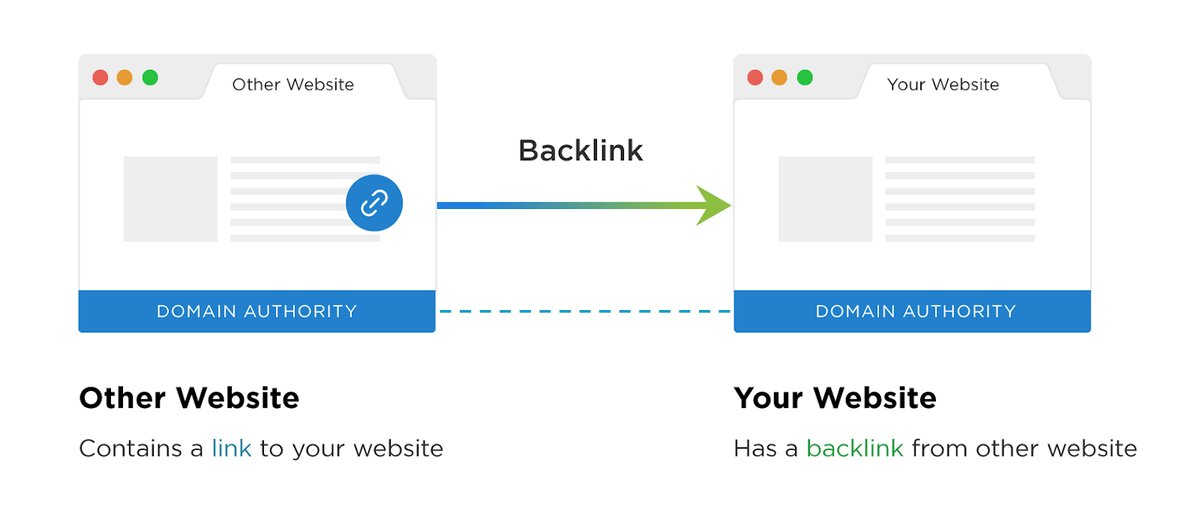
So, how do you get these links?
By creating relevant content (or pitches) and shopping it around to authoritative sites. These articles should have at least one link to your page expertly woven in naturally. Don’t make it overly salesy. These sites aren’t interested in promoting you for free. They want to see the value you bring to visitors.
You could also get your site listed in directories or get the media to cover an important event or initiative you have going on.
There are also ways to generate your own backlinks.
For instance, social media can contribute to your SEO efforts by including links in your bio sections. These count as external links.
Platforms like TikTok provide a valuable opportunity to showcase your website or content.
For instance, by adding a link to your TikTok bio, you can improve website visibility and drive organic traffic. When search algorithms detect links from reputable social media handles, it can boost your website's credibility and authority, ultimately improving your rankings.
Alertitevelly, there is also an opportunity to outsource link building to some leading SEO agencies. Such actio may save you on a
While link building can be a challenging and time-consuming process, think of an opportunity to outsource link building to ambitious SEO agencies like GrowthMate. Such agencies specialize in implementing strategic backlinks campaigns, using ethical and effective methods to secure high-quality backlinks from relevant sources
You must constantly review the progress made through your SEO campaign. That means tracking your movement through the SERP and adjusting your campaign accordingly. If you’re not seeing steady movement, something’s wrong that you’ll need to address.
Take this time to implement other marketing initiatives that can work alongside your SEO.
For example, consider collaborating with an email marketing agency while you regroup to course-correct your SEO strategy. These firms can boost your online presence by nurturing prospects through tailored email campaigns that link back to the material on your website.
Combining SEO and email marketing can result in higher Google results as your audience interacts with your website regularly. This can generate a cycle of visits and ranks.
Finally, when you succeed in the search engine rankings and gain that coveted number one spot on the SERP, the job isn’t done. You’ll need to fight to maintain your hold on those key terms, as your competitors will be coming to try and unseat you.
That’s where it all comes back to the first thing we mentioned - consistency. Keep doing what you’re doing and you’ll see results.
If you still need help or have the resources available, consider locking arms with an SEO strategist, fractional CMO, or agency for additional support.
SEO is a valuable part of modern content marketing — and it’s a process that never ends.
What’s more, it’s constantly evolving. That means you’ll need to keep your ear to the Google ground to listen for news on search engine algorithm changes that could shift the whole balance of power.
Search engine marketing can be a full-time job in some companies. By taking the seven steps listed above and applying them to your website, you can put yourself one step closer to search engine success.
That’s it for now, marketers.
Here’s to your success!







